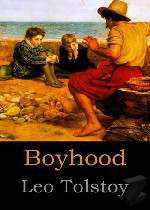
Written from 1852 to 1856, this autobiographical novel was Tolstoy's first publication. The early life of Nikolai, the son of wealthy landowner in Russia, is fully explored, slowly revealing this young boy's inner mind, relationships, and social standing. As he describes his tutor, angelic mother, aloof father, worldly brother, and later his moralistic friend, Nikolai displays a mind given to dreaming and a personality as complex as it is conflicted. As he grows and moves from his country home to his grandmother's mansion in Moscow, Nikolai also struggles at intervals to find a sort of moral balance, which affects his love, his education, and the type of man he might become.
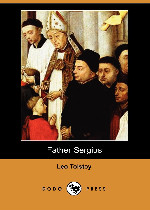
"Father Sergius" (Russian: Отец Сергий, translit. Otets Sergiy) is a short story written by Leo Tolstoy between 1890 and 1898 and first published (posthumously) in 1911.The story begins with the childhood and exceptional and accomplished youth of Prince Stepan Kasatsky. The young man is destined for great things. He discovers on the eve of his wedding that his fiancée Countess Mary Korotkova has had an affair with his beloved Tsar Nicholas I. The blow to his pride is massive, and he retreats to the arms of Russian Orthodoxy and becomes a monk.
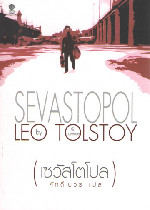
The flush of morning has but just begun to tinge the sky above Sapun Mountain; the dark blue surface of the sea has already cast aside the shades of night and awaits the first ray to begin a play of merry gleams; cold and mist are wafted from the bay; there is no snow—all is black, but the morning frost pinches the face and crackles underfoot, and the far-off, unceasing roar of the sea, broken now and then by the thunder of the firing in Sevastopol, alone disturbs the calm of the morning.
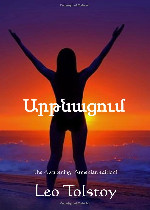
This masterful novel is a religious fable of sorts, written by the gifted Russian author Leo Tolstoy as a means of shedding light on the hypocrisy inherent in many aspects of organized religion in the nineteenth century. The book follows the plight of Russian aristocrat Dmitri Ivanovich Nekhlyudov as he seeks absolution -- both in the church and in his own psyche -- for a sin he committed years earlier.
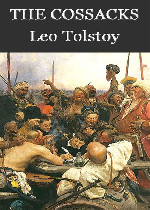
The Cossacks (Russian: Казаки [Kazaki]) is a short novel by Leo Tolstoy, published in 1863 in the popular literary magazine The Russian Messenger. It was originally called Young Manhood. Both Ivan Turgenev and the Nobel prize-winning Russian writer Ivan Bunin gave the work great praise, Turgenev calling it his favorite work by Tolstoy. Tolstoy began work on the story in August 1853. In August 1857, after having reread the Iliad, he vowed to completely rewrite The Cossacks.
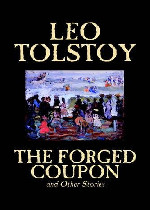
The Forged Coupon and Other Stories(伪造的证券和其他故事) 立即阅读
The Forged Coupon (Russian: Фальшивый купон, Fal'shivyi kupon) is a novella in two parts by Leo Tolstoy. Though he first conceived of the story in the late 1890s, he did not begin writing it until 1902. After struggling for several years, he finally completed the story in 1904; however, it was not published until some of Tolstoy's shorter works were collected and anthologized after his death in 1910.
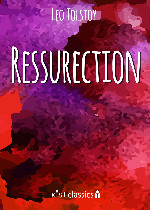
Resurrection (Russian: Воскресение, Voskreseniye), first published in 1899, was the last novel written by Leo Tolstoy. The book is the last of his major long fiction works published in his lifetime. Tolstoy intended the novel as an exposition of the injustice of man-made laws and the hypocrisy of the institutionalized church. The novel also explores the economic philosophy of Georgism, of which Tolstoy had become a very strong advocate towards the end of his life, and explains the theory in detail.
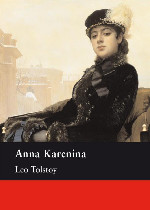
Anna Karenina (Анна Каренина) ist ein Roman von Leo Tolstoi, der in den Jahren 1873 bis 1878 in der Epoche des russischen Realismus entstand und als eines von Tolstois besten Werken gilt. Das Buch wurde 1877/78 veröffentlicht und handelt von Ehe und Moral in der adligen russischen Gesellschaft des 19. Jahrhunderts.
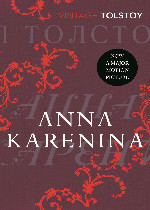
Anna Karenina (Анна Каренина) is a novel by the Russian writer Leo Tolstoy, published in serial installments from 1873 to 1877 in the periodical The Russian Messenger. Tolstoy clashed with editor Mikhail Katkov over political issues that arose in the final installment; therefore, the novel's first complete appearance was in book form in 1878. Widely regarded as a pinnacle in realist fiction, Tolstoy considered Anna Karenina his first true novel, after he came to consider War and Peace to be more than a novel.
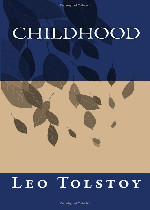
Childhood is the first published novel by Leo Tolstoy, released under the initials L. N. in the November 1852 issue of the popular Russian literary journal The Contemporary. It is the first in a series of three novels and is followed by Boyhood and Youth. Published when Tolstoy was just twenty-three years old, the book was an immediate success, earning notice from other Russian novelists including Ivan Turgenev, who heralded the young Tolstoy as a major up-and-coming figure in Russian literature.